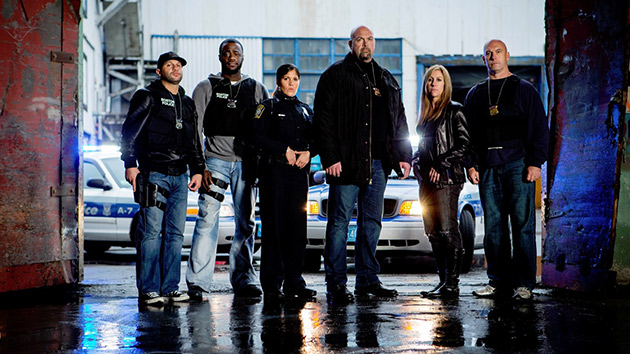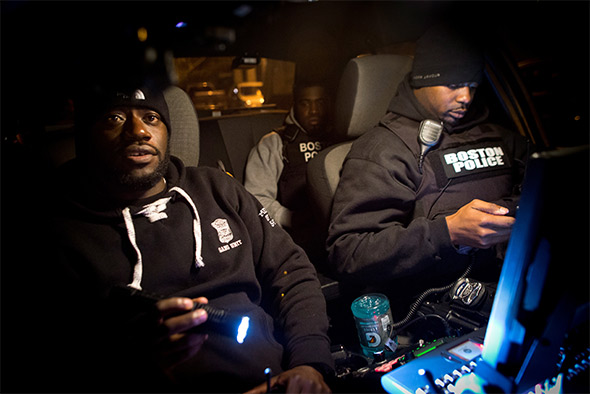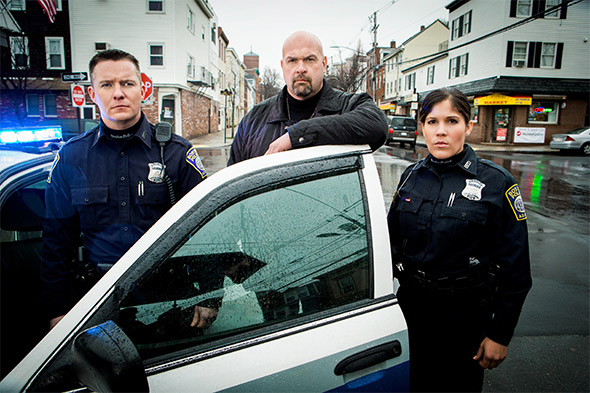Supervising Editor Timothy Dixon on Cutting a Show Without Any Extra Drama
Jarret Creative, producer of the TNT show Boston's Finest, recently finished post-production on the show's eight one-hour episodes at PostWorks New York. The facility in Manhattan's Soho district provided editorial and finishing services for the reality series about the men and women of the Boston Police Department.
Boston’s Finest went to unusual lengths to capture an insider’s view of life in a big-city police force. The production team mounted pairs of Canon EOS C300 cameras inside patrol cars, with both cameras running continuously during officers’ shifts. In addition, one- or two-person camera crews often rode along with police as they went about their daily routines.
In contrast to the run-and-gun style of many reality shows, the camera crew took a deliberate approach to shooting police activity, striving to avoid excessive camera movement and framing action with care. Supervising editor Timothy Dixon says this was done to give the show the artfully composed look of a scripted drama and to draw audiences more deeply into the work and lives of the police officers.
“We wanted the cameras to be settled and for shots to be framed in a beautiful way because, ultimately, we didn’t want to do a lot of editing,” Dixon explains. “We wanted to let moments play out, to let the officers carry on conversations. We wanted the audience to feel that what they are seeing is real—no sleight of hand. We didn’t need to create drama. The material was already funny, scary and tense.”
One consequence of the show’s shooting style, Dixon says, was that it yielded a huge amount of source media — more than 4,000 hours in total. His editorial team honed that massive resource to eight 41-minute episodes.
The editorial team set up shop on the third floor of PostWorks’ facility in Soho. PostWorks engineers assembled a workflow that featured seven Mac-based Avid Media Composer 6 systems, eight ingest workstations and ISIS 5000 shared storage. The show was shot primarily at 23.98 fps with C300s in 50 Mbps 4:2:2 mode, but to reduce the storage requirements, editors worked from compressed SD proxies. At the end of post-production, the show was conformed to HD by back-matching to original camera files.
Despite the use of proxies, the storage requirements were enormous, and media management was daunting. “The ISIS shared drive comprised 22 media partitions of varying size for editorial and another four partitions for HD material,” Dixon recalls. “Jarrett Creative also had partitions for music and sound effects. As a result, we had four to six editors pulling from 30 partitions all at once.”
With inevitably tight deadlines, the editorial team had little margin for error. Dixon was impressed with the workflow, especially in the heat of production. “It more than handled the pressure we put on it all day, every day,” he says. “The tech support crew from PostWorks performed above and beyond.”
Post proceeded virtually around the clock. As the editors finished their shifts, assistants arrived. Their job was to import newly arriving footage, prepare exports for delivery to the network, the show’s producers and the Boston Police Department, and up-res completed episodes for final post. “The work often went on all night, so the ISIS system never got to go to sleep except on weekends,” Dixon notes. “Even then, there was often sporadic work that had to get done.”
Final color was applied by PostWorks colorist Eli Friedman using Assimilate’s Scratch. “This show could not have happened with a lesser team, Dixon concludes. "Everyone did an unbelievable job. Looking back at the numbers — the amount of footage and the hours people put in — it’s hard to comprehend how much people gave to make this show work.”
Did you enjoy this article? Sign up to receive the StudioDaily Fix eletter containing the latest stories, including news, videos, interviews, reviews and more.












